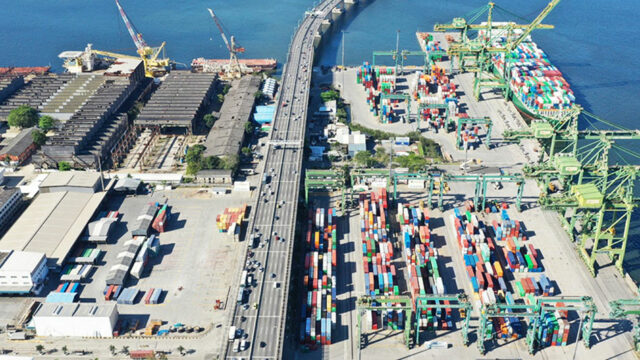Pope Francis spent final day working, despite doctors’ orders
VATICAN CITY – After spending more than five weeks in hospital for a bout of double pneumonia, doctors told Pope Francis he needed two months’ rest – but the leader of the world’s 1.4 billion Catholics kept working right to the end.
On Easter Sunday, the day before his death aged 88, Francis made his first prolonged public appearance since February, entering St. Peter’s Square in a white popemobile to greet cheering crowds.
And for only the second time since leaving hospital on March 23, the pope also met on Sunday with foreign leaders, welcoming U.S. Vice President JD Vance to his residence for a brief encounter.
“I was happy to see him yesterday, though he was obviously very ill,” Vance wrote on X. “May God rest his soul.”
Croatian Prime Minister Andrej Plenkovic and his family also had a brief meeting with Francis on Sunday.
“It was a brief moment, but profoundly touching, a meeting of kindness, smiles, and blessing,” Mr. Plenkovic said in a statement on Monday.
For someone in convalescence after a prolonged illness, Francis was working himself hard.
Cardinal Michael Czerny, a senior Vatican official who was close to Francis, said he did not think Francis pushed himself irresponsibly, and needed to move about.
“Absolute rest isn’t healing,” Mr. Czerny said. “He balanced convalescence with his being the Bishop of Rome.”
Mr. Czerny said the pope was devoted to his work leading the world’s Catholics.
Citing an instruction Francis often gave Catholic bishops to make sure they were close to their flocks, Czerny said: “He died with the smell of the sheep on him.”
Austen Ivereigh, a biographer of Francis who also wrote a book with the pope in 2020, said the pontiff “listened carefully to his doctors’ advice but his first priority was his mission of presence.”
Pope Francis, said Mr. Ivereigh, was “a master of timing.”
“He made sure we had a pope for Easter and kept up his mission of presence to the last,” said the biographer.
During his time in hospital, Francis had suffered severe breathing crises, which his doctors later said had nearly killed him. The Vatican said on Monday evening that the pope had died of a stroke and subsequent, irreversible cardiovascular arrest.
Cardinal Kevin Farrell, announcing the death on the Vatican’s TV channel earlier on Monday, said Francis had died at 7:35 a.m. (0535 GMT).
A FINAL FEW WORDS
Since returning from hospital, Francis had 24-hour care from a nurse, the Vatican said previously. The pope was receiving oxygen via a small hose under his nose overnight, and during the day as needed.
During his stay in hospital, the pope also used non-invasive mechanical ventilation, involving the placement of a mask over his face to help push air into his lungs. He was no longer using ventilation after leaving hospital, the Vatican said.
In his last public appearance on Sunday, Francis said only a few words, wishing a happy Easter in a raspy voice to about 35,000 people gathered in St. Peter’s Square.
In a traditional Easter message, read by an aide, Francis reiterated his frequent call for a ceasefire in Gaza, calling the humanitarian situation in the enclave “deplorable”.
The pope also called on Palestinian militant group Hamas to release its remaining hostages and condemned what he said was a “worrisome” trend of antisemitism in the world.
Father Gabriel Romanelli, from the Gaza parish the pope called regularly during the Israel-Hamas war, told Vatican News: “The pope called us for the last time on Saturday evening, shortly before the Easter Vigil began, while we were praying the Rosary. He told us that he was praying for us, he blessed us, and he thanked us for our prayers in his favor.”
As he toured the square in his popemobile on Sunday, people lined the aisles to get close to him, many holding aloft national flags and shouting “viva il papa!” (long live the pope!). Some offered babies for him to bless.
Italy’s Family Affairs Minister Eugenia Roccella said Francis had given his all, to the end.
The pope, she said in a statement, “chose not to spare himself, transmitting in his suffering, physical closeness, a message about his whole papacy.” – Reuters
















